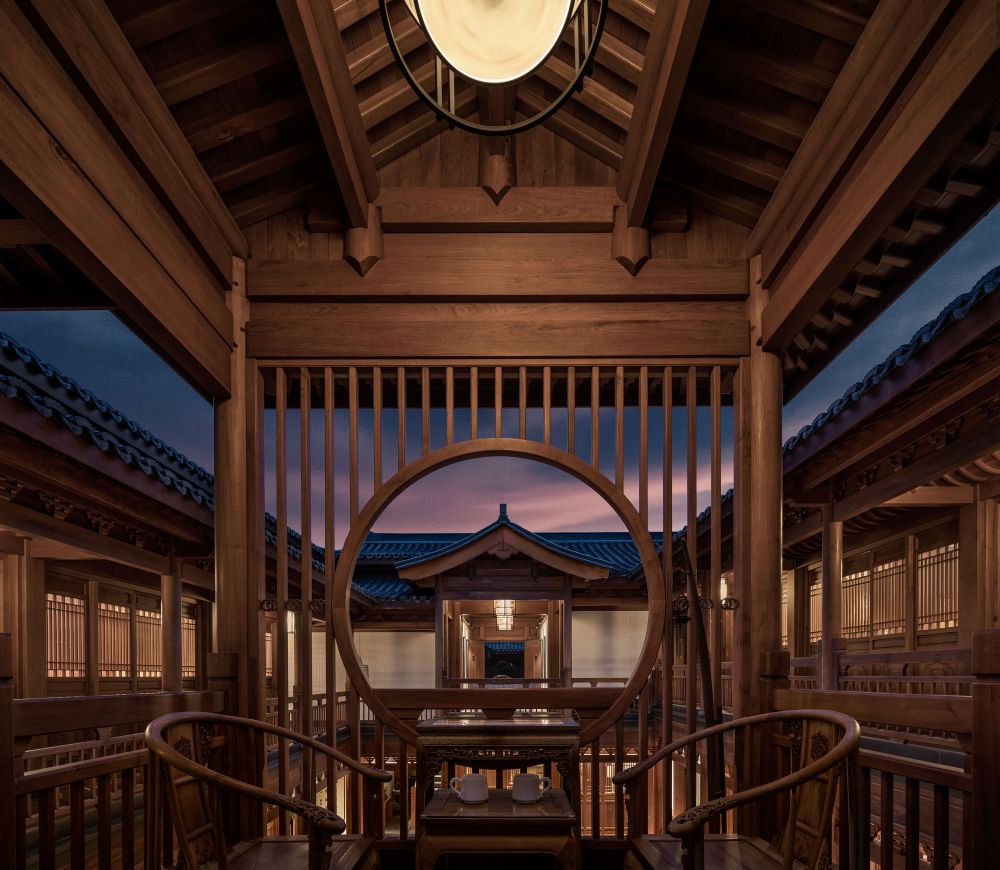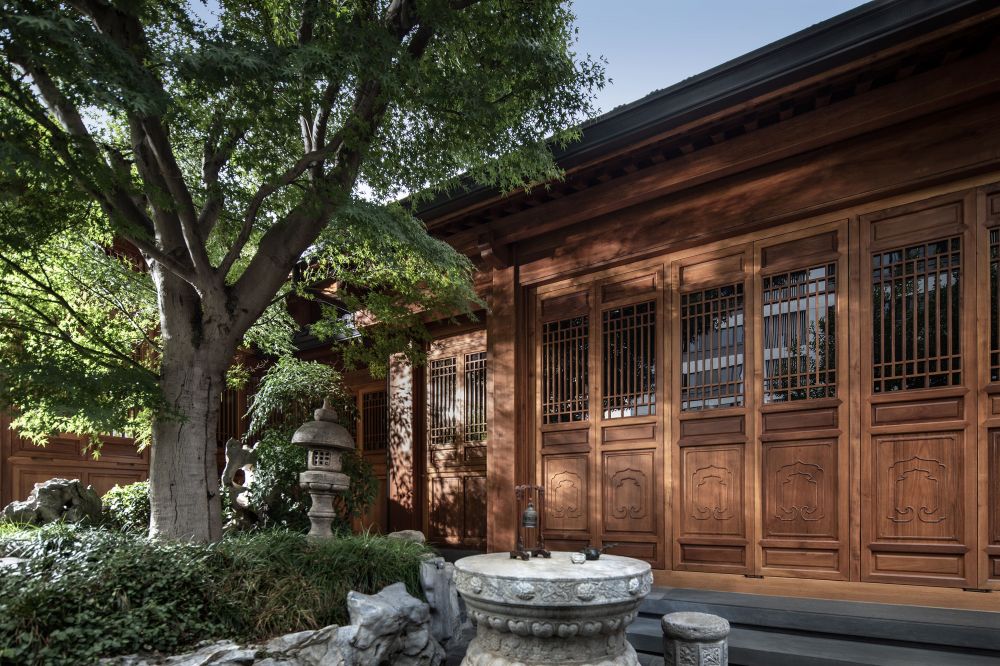Best of Villa Space
Designer / Agency
- Liu Aixin
Category
- Villa Space
Award
- 2022 Innovation
Share this project
PROJECT
DESCRIPTION
Based on the traditional Chinese architecture style, Art Wonder House presents the progressive gardening aesthetics of a winding path leading to a secluded spot. This Chinese building formed by a courtyard features the indirect artistic aesthetics of returning to nature and the colors and elements throughout ancient and modern times. Based on the historical and cultural accumulation, the project innovates a more contemporary way of life.
The owner is an artist who is enthusiastic and artistically accomplished. After deep communication with the owner's family about their lifestyle and value principle, the design team has spent three years creating a true spiritual home for the dweller.
The magic of the Chinese garden lies in the spirit of small limited spaces. A pool of water, a stone, a lattice window, or a ground can reflect the aesthetic ideal of Chinese culture and the literati feelings in a poetic way. All the creatures in nature contain a world view of great popularity and endless growth.
"One scene at a step, scene changes with walking." As one walks along the circulation of this Chinese building, the interaction between man and nature and the building emerges inadvertently. The charm of the Chinese courtyard lies in creating the most suitable lifestyle for Chinese people in such a space without losing traditional styles.
As the blank space of the whole garden, the corridor carries the childhood memory of wandering in the streets, and it is the bridge that has experienced the most roads and witnessed the most scenery. The wooden ceiling, which inherits the oriental aesthetic culture, is adopted to create a simple and unique charm in aesthetics and structure. The wooden ceiling structure between the corridor used a detachable processing method, which has an innovative meaning while extending the historical culture.
The implication and charm of the Chinese circle have been used in the courtyard design, making the space large but not empty, dignified but not heavy, and stylish but not depressing. With the craftsman spirit, the design team refined traditional elements, combined them with modern techniques, and applied them to each space to form new design elements in line with the times.
In the living room, the ceiling breaks the traditional wood design concept to use a modern copper art expression of the landscape scroll and ridge, showing the contemporary interpretation of pure and delicate wood craft in space.
The space appears elegant in its well-arranged layout and decoration, enhancing the privacy and enjoyment of the area. The Chinese zodiac horse art decoration adds refined fun.
Dongyang, a city of picturesque water and mountain, is the hometown of architecture, arts, and crafts. The dining room features the local intangible cultural heritage of bamboo weaving. The space and art furnishings created by craftsmen and the wood window lattice together create a quiet and elegant dining atmosphere, constituting a unique space effect.
Retaining the inherent advantages of the original building, the design team has renovated the functional layout of the interior. In addition to ensuring privacy and thermal insulation, some doors and windows have changed to floor-to-ceiling windows. Although the exterior is traditional regular window, the interior is in the form of access door to facilitate ventilation and enlarge the space scale visually.
According to the Chinese philosophy of "water brims only to overflow", the bedroom wall is a white space with a sense of proportion. The slight decoration has brought infinite spatial imagination, reflecting the spirit of Chinese design. The open bathroom layout expresses the idea of changing with the times.
When the night falls, the overlapping shadows of plants around the corridor become a painting, and the people who rest in the courtyard seem to wander in the mysterious and leisurely Chinese picture scroll. The courtyard furnishing has carefully retained the essence of history and cleverly borrows it to integrate each space with the landscape in a natural way.
The Chinese-style decoration adds a lot of color to the space. A zodiac horse artwork that conforms to the owner’s temperament and preferences is displayed at the end of the corridor, which is carved exquisitely, reflecting the residential style of the Chinese courtyard and the aesthetic implication of traditional culture.
The local wood carving art is another expression of the cultural and historical heritage in the courtyard, which retains the natural texture and color of logs without losing the elegant style, which can be said to be "a picture in a picture, a scene in a scene.". The traditional wood carving and vintage motorcycle are set in a combination of Chinese and Western styles. The deep brown palette dotted with logs of matched saturation has created a delicate sense of depth and a unique atmosphere of elegance and quality.
As a part of the bar shape, the camphor wood chest has colors and shadows full of Jiangnan style. Under the light, metal and wood cast a dim light flow, softening the sense of boundary and making the space delicate and vivid. The atmosphere blended with the Chinese and Western styles awakens the quiet, leisurely nature of this Chinese courtyard.
The beauty of visiting a garden lies in the beginning, extending, transforming, and concluding. There are warm experiences, exclusive memories, cultural heritage, and time imprinting. When traditional Chinese architectural culture has integrated into the modern lifestyle, the design team endows the ancient courtyard with a new appearance to build an ideal home for residents to calm down, relax and feel at ease in the perfect combination of building and courtyard.

Designer: Liu Aixin
Liu Aixin, who graduated from the China Academy of Art, is the founder of Hangzhou Liu Aixin Creative Design Co., Ltd., and the founder of the brand Talking About Art By Painting.
Focusing on star hotels, boutique hotels, theme hotels, and resort design and research and development, she has created the original design concept of "using the ancient in the present". It emphasizes the local intangible cultural heritage, excavates the regional traditional culture context, and shows the culture spirit with modern style to regain cultural confidence and local value with the power of innovation.





















